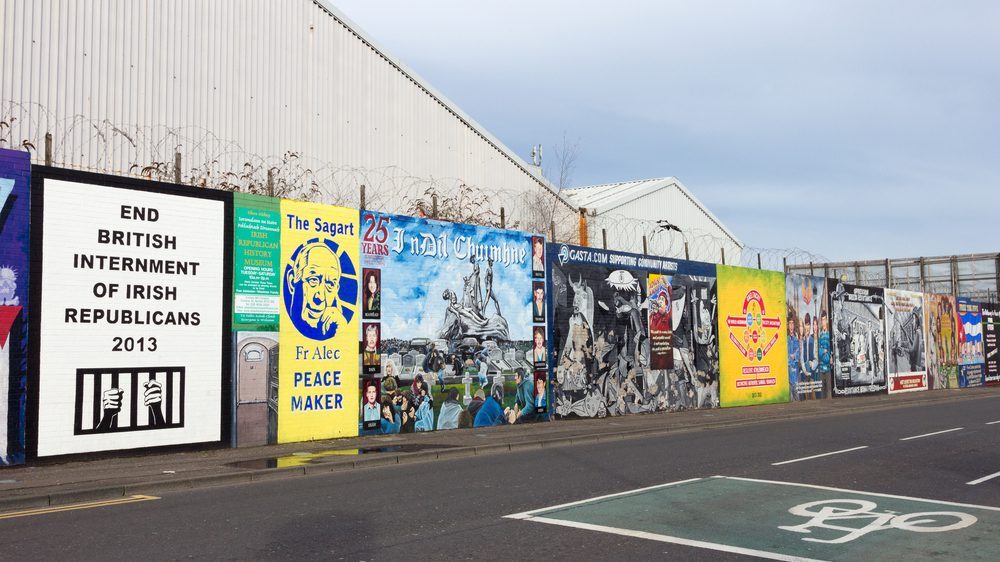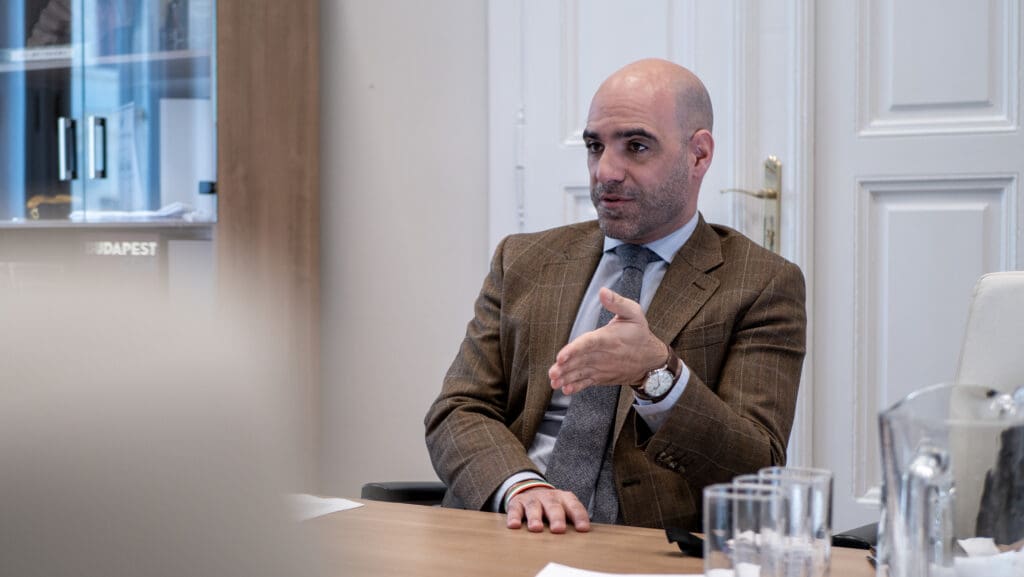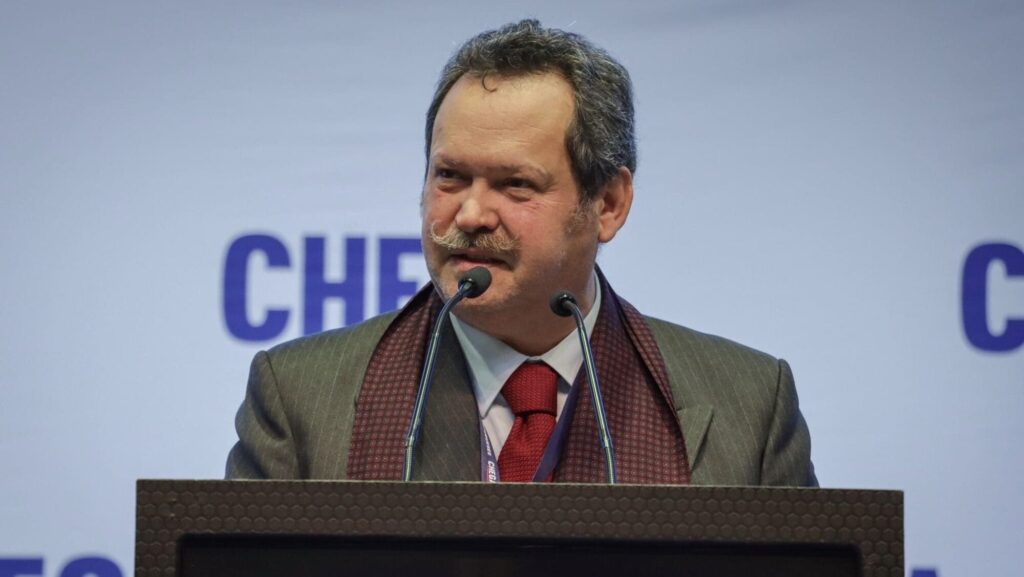April 10th marked the twenty-fifth anniversary of the Good Friday Agreement, the peace accord that brought an official end to The Troubles, thirty years of sectarian-nationalist-ethnic violence in Northern Ireland that cost the lives of some 3,500 people, mostly innocent civilians.
The Troubles started in the late 1960s, forty years after the Emerald Isle was partitioned, ending centuries of British rule. Central and South Ireland became the Republic of Ireland while the seven northernmost counties remained part of the UK as Northern Ireland.
Tensions continued in Northern Ireland between those who identified as Irish, usually Catholics, and the majority who happily understood themselves as British, usually Protestants. Irish Catholics faced discrimination in everything from politics to employment, and tensions broke into open social strife in the late 1960s when the protests of Irish Catholics led by the Northern Ireland Civil Rights Association were brutally repressed by the Northern Ireland police force, the Royal Ulster Constabulary. Riots ensued, and the British Army was deployed in 1969 to contain the violence. Troops remained in force in Northern Ireland for the next three decades while paramilitary groups on both sides of the conflict—particularly the Irish Republican Army and the Ulster Defence Union—engaged in terrorist and reprisal attacks. January 30th of 1972—Bloody Sunday—became an icon of the ineffectiveness of the British army in restoring peace when British soldiers shot 28 unarmed Catholic civilians during a peaceful protest. Fourteen died.
Finally, in 1998, a peace party of Irish Americans from the United States Senate pushed a peace accord to the finish line. The Good Friday agreement granted Northern Ireland a devolved government—transferring power and funding from national to local governance—with a new parliament based on required power sharing between Irish and English political parties. It also opened the border between the two Irelands; scaled down the military presence; allowed Northern Irelanders to hold either British or Irish nationality as well as dual nationality, and granted the right for Irish reunification to be considered by referendum. The least popular part of the agreement was the release of prisoners associated with paramilitary groups. Nearly 500 prisoners convicted of murder or other violence had been released, the vast majority soon after the peace agreement was struck.
For this Irish-American writer, coming of age in the 1990s, the Northern Ireland conflict was a feature in the cultural background of the decade. My conservative education included the poetry of Joseph Mary Plunkett while U2’s “Bloody Sunday” and the Cranberries “Zombies” (both songs about The Troubles) played on the radio. A small group of Irish Americans protested the presence of Margaret Thatcher when she gave a speech at a university in my hometown. Early in the decade, years before the Good Friday Agreement was settled, our family participated in Project Children, a charity founded by an Irish-Catholic émigré and decorated New York City cop to offer children in Northern Ireland a summer with an American family in the hope they would be better equipped to help end the cycle of violence in their homeland. My sister, my parents, and I hosted three girls over two summers.
Since that fateful Friday in 1998, the days of bombings have passed, but in recent months, underlying tensions remaining in Northern Ireland have become apparent. Brexit has once again drawn attention to the Irish border, and disputes over the Northern Ireland Protocol have caused a stalemate in the devolved government, which has not been able to form since elections approximately a year ago.
Thanks to Facebook, I caught up with one of our Project Children guests, Debi Hamilton, now a mother of three living in Belfast. She reflected on her childhood before the peace agreement, where she thinks things stand in her homeland now, and what Northern Ireland will be like for future generations. Our interview follows.
Debi, you grew up outside of Belfast, and mentioned that you don’t recall much violence in your childhood. Why was your area so peaceful?
I grew up in Newtownabbey, just outside of North Belfast. Although it is a quieter part of the city, there was still violence there. Most of it was during the 70s and 80s. I was born and then was too young to understand what was going on.
I grew up in a Catholic estate called Longlands. Longlands was in between two Protestant estates called Rathcoole and White City. Rathcoole used to be all Catholic until the loyalist paramilitaries [Ulster Defence Association and Ulster Volunteer Force] went and put the Catholic families out of their homes. They threatened some with violence, and others, they burnt their homes. During this time my mum had to leave her home there, and she moved into White City. She had my three brothers at this stage and was then threatened out of her home there too. My dad was Protestant and my mum Catholic, this is why she lived here. She later moved to Longlands and that’s where we still live today.
The area around Longlands and the other two estates is known as an interface. There are lots of areas like this around Northern Ireland. Some are separated by peace walls or peace lines.
Going into Belfast City centre was something I loved doing with my granny and mum on a Saturday morning. I remember big gates as you got to the start of the town and you had to walk through and get searched. They were looking for bombs or firearms. I never questioned it because it was all I knew.
Growing up, I was never directly involved with The Troubles. I heard on the news, mostly, what was going on and never really realised how serious it was until I was around 13 years old. I asked to go into Belfast with friends and was told, no, it was too dangerous, and told why.
The first time I was directly affected by The Troubles was after the Good Friday Agreement was signed. In January 2002, a childhood friend of mine was gunned down on his way to work in a mail sorting office, in Rathcoole estate. He was called Daniel McColgan and was 20 years old with a baby daughter. He was murdered simply because he was a Catholic. It really hit home then for me, and I was a 20-year-old myself. Daniel’s murder was claimed by the UDA [Ulster Defence Association] but no one was ever charged and brought to justice for it.
After Daniel’s murder there were two more murders of young boys within a mile of here. Gavin Brett was 18 and was shot and killed by UDA who thought he was a Catholic. This boy’s dad was the paramedic who attended the scene. Then another boy, Gerard Lawlor, was walking home from a night out and two men on a motorbike shot and killed him. He was also a father of a baby boy. This was claimed by UDA too. Still, no-one has been caught for these murders either.
What did you understand about the reason for spending the summer in the United States? What did you learn? Did the experience have an impact on you? Do you think Northern Ireland has become a pluralistic society and a peaceful one?
To be honest, at the time I didn’t really know the reason behind Project Children. The majority of children here got to go to the U.S. and experience it. [Editor’s note: 23,000 children from Northern Ireland participated in Project Children between 1975 and 2015]. I suppose at a young age you aren’t really told much as to why you got to go.
Later on in life, I realised that during the months of July and August tensions were high in Northern Ireland. During July, Protestant people celebrate The Battle of the Boyne. They march and have bonfires. They burn Tricolour flags and effigies of the Pope on top of their bonfires. They always marched in Catholic areas with sectarian songs being played. This caused anger within Catholic communities and then riots started. They would last weeks, even months. I think this is why the children were sent to the U.S., so they weren’t involved in the trouble.
Every area experienced this. The worst year I remember was summer of ‘98. The Good Friday Agreement was signed in April and that summer was mad with riots. It started because the Protestant bands wanted to parade down Garvaghy Road, a Catholic area. The parades commission ruled against it and there was an outburst of trouble.
During this time three young brothers were murdered in their home when the UVF [Ulster Volunteer Force] petrol bombed or firebombed their home. It sent shock waves through the country.
To be truthful I don’t think there will ever be proper peace here. There are still some people stuck in the past and keeping the country divided. Very rarely a sectarian shooting or bombing, but still hatred on both sides.
On a side note, we hosted two more girls the year after you stayed with us . They lived deeper into Belfast, I believe. One said that the British Army had taken over her house for a while to monitor the bus station across the street and that now her father kept a bar across their door. Can you explain what may have been going on?
It sounds like she was from Short Strand. Short Strand is the only Catholic estate in East Belfast. There is a bus station there. The people of Short Strand were tortured by Protestants, police, and the British army. The bars on the back of the door are called drop bars. People used these so that no-one could bust the door down to shoot or attack the people inside. Some people had steel doors inside their normal door.
The British army were all over the nationalist areas in Northern Ireland and were responsible for a lot of murders of Catholic people. Look up Bloody Sunday or Ballymurphy massacre.
Now you live in Belfast, correct? Do you notice more social tension there even now than where you grew up?
I still live in Longlands, I’m now rearing my three children here. There isn’t much social tension here now. Longlands and White City; people mix more now with no trouble. My children went to an integrated primary school called Hazelwood. It is situated between Longlands and White City. My daughter still attends the school, and her best friend is a Protestant girl from White City. Rathcoole is still very loyalist, and they don’t like Catholic people there. I wouldn’t like my children going over there. There are good people in Rathcoole, but the majority, I wouldn’t trust not to hurt my child if he was there.
I work in Belfast City centre and it’s quite peaceful.
Belfast as a whole is still quite separated. You have North and South Belfast mixed areas, but West Belfast is predominantly Catholic and East Belfast predominantly Protestant.
How do you identify?
I identify myself as Irish. After the Good Friday Agreement, they made it possible to choose your identity. I held a British passport growing up but now I have an Irish passport. You can identify with a dual nationality and hold both passports.
What do you think Northern Ireland will be like for your children?
I really hope it does get better here for my children growing up and starting families of their own.
Our government here won’t sit with each other. It’s civil servants running the county at the minute. With the politicians being out of office, the health service is way behind with operations and cancer treatments. It’s all because they can’t agree, and it all comes down to Orange (Protestants) and Green (Catholics).






